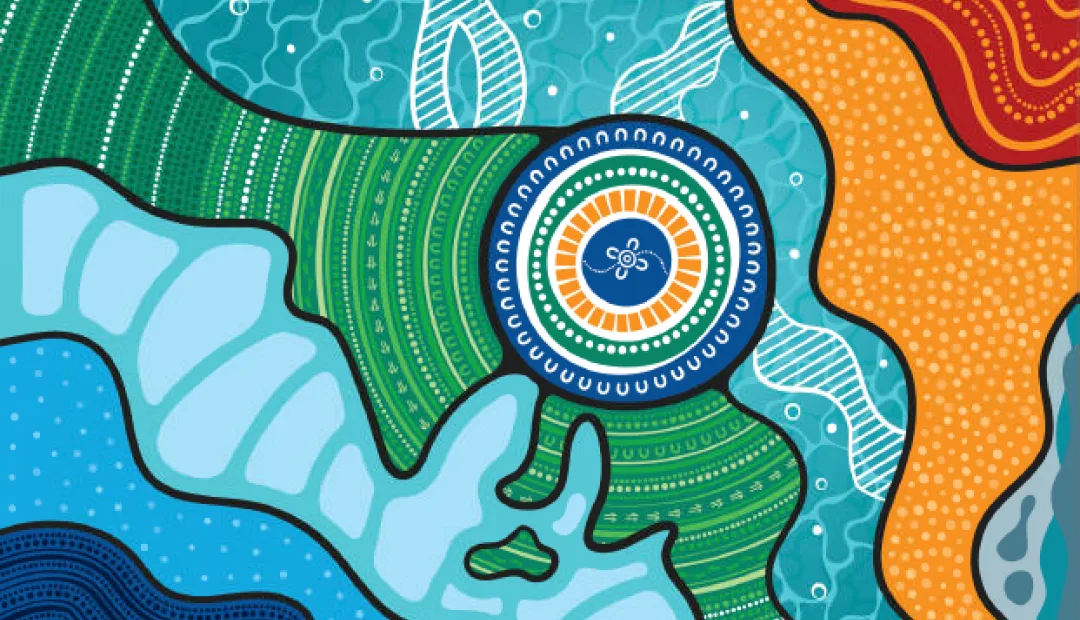Published:
Author:
For Aboriginal and Torres Strait Islander peoples, 'Country' means the land, air, water, sea, animals, plants, people and their spiritual connection to all of these things. It means that they are all interconnected and that the health of one component affects the health of the others. People cannot be healthy if the land is not healthy and vice versa. They have been looking after Country for tens of thousands of years.
In a modern context, Aboriginal people in South Australia continue to look after Country and some Aboriginal groups have developed Healthy Country Plans to decide, as a community, what needs to be done to improve the health of Country.
The process of developing a Healthy Country Plan is an inclusive community approach (an adaptation of the Open Standards for the Practice of Conservation) where community leaders develop the plan with input from their community and support from a facilitator and partners. Ideally, the planning is done on-Country, as this is the right place to make decisions about Country. At community workshops they will brainstorm the Targets (the important things that need to be healthy), Threats (what is stopping the Targets from being healthy) and the Strategies (what can be done to improve the health of the Targets and reduce the Threats).
Targets usually fall broadly into categories of cultural knowledge and language, cultural sites, human wellbeing (including livelihoods) and natural values (habitats, plants and animals). All of these Targets have cultural components, especially water, which is important culturally and for natural processes. The health of each Target is assessed and given a rating for its current health and a rating for what they want its’ health to be in the future, which is then described as a goal. Targets in South Australian Healthy Country Plans are mostly in a Fair or Poor condition, meaning that they need a lot of work to get them back to a Good condition. This is common in many Healthy Country Plans because Country has been altered and Traditional Owners who have the knowledge to look after Country in the right way find it difficult to get to places to manage them and pass that knowledge on to younger generations.
There are Threats that directly impact the Targets and include feral animals, weeds, bushfire, and loss of cultural knowledge (which affects most of the Targets because they cannot be looked after properly without the right knowledge). Once the highest Threats have been identified, a situation analysis is conducted to understand the drivers of the Threats and identify opportunities and Strategies to address Threats and improve the health of Targets. Most Strategies fit into the themes of land and sea management, cultural knowledge transfer and capacity building.
A Healthy Country Plan is developed by a community so that they can agree on what needs to be done first and it is also useful to tell others what the priorities are for their Country. Aboriginal communities often have government agencies, researchers and corporations wanting to work with them and a Healthy Country Plan can provide a framework for partners to understand how they can work together in a way that benefits everyone. A good example is the Far West Coast Healthy Country Plan, which informed the park management plans for the Far West Coast. This enables the use of traditional knowledge and western contemporary science in management.




